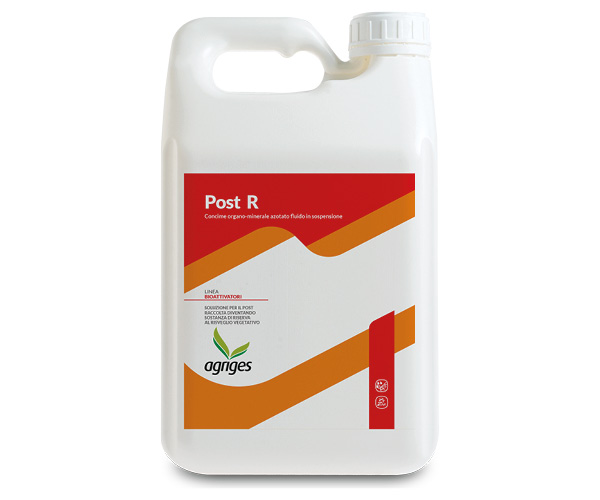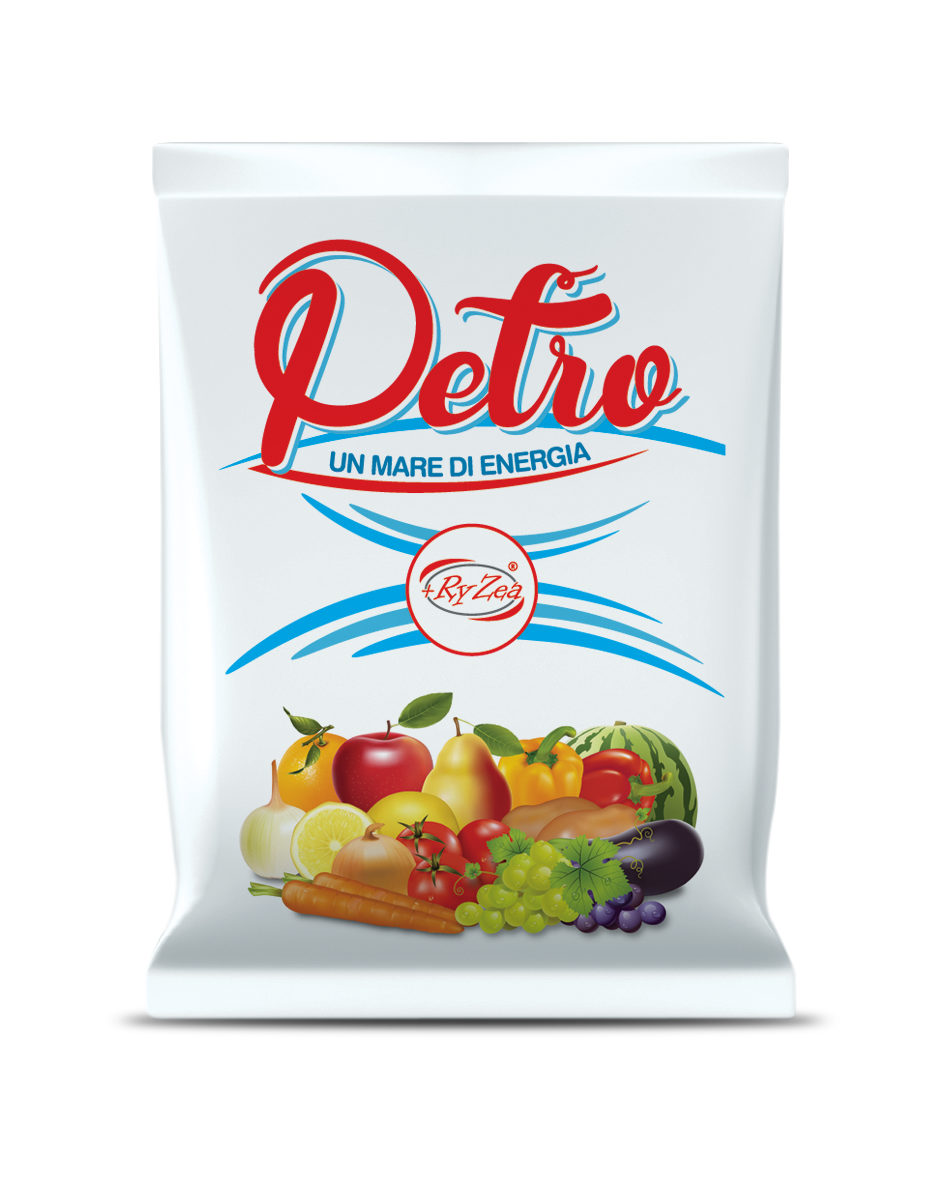Post-Harvest Orchard Fertilization: Agriges to Boost Plant Health and Yield
Post-Harvest Orchard Fertilization: Agriges Strategies to Nourish and Strengthen Plants
Why Post-Harvest Orchard Fertilization Is Important
Post-harvest orchard fertilization is a key agronomic practice, typically carried out in late summer or early autumn, after fruit harvesting. Fertilization does not end with the harvest: it is during the post-harvest phase that the foundation is laid for a healthy, productive orchard that can withstand environmental stress. This stage of fertilization is not a final operation but rather the first step to prepare the plant for the next growing cycle, with significant positive effects on the quality and quantity of future yields.
Immediately after fruit harvesting, the goal is to replenish nutrients consumed during fruiting and accumulate reserves in woody tissues (roots, trunk, branches).
The correct use of balanced fertilizers, attention to timing, and the combination of foliar and soil fertilization are key elements to maximize the benefits of this intervention.
In this article, we analyze the challenges of post-harvest fertilization and propose two Agriges solutions: Post R and the Petro Line.
Purpose of Post-Harvest Fertilization
The period immediately following harvest is often underestimated, but it is precisely at this time that the foundation is laid for proper nutritional management of the orchard in the following season.
During the production cycle, the plant consumes large quantities of nutrients to support fruiting and vegetative growth. Once harvesting is complete, the main objective becomes restoring nutrient reserves in storage organs (roots, trunk, and branches) to ensure balanced vegetative regrowth and good fruit set the following year.
Just before leaf fall, the nitrogen contained in the leaves is translocated to these storage organs and accumulated as amino acids. These compounds will be crucial the following spring, when the plant—before root activation—will reuse the stored nitrogen to support bud burst, flower formation and differentiation, and early fruit set.
In addition, this practice:
-
Improves plant resistance to environmental stress such as frost and drought, thanks to increased salts in the sap and lignification of woody parts.
-
Stabilizes production, reducing the typical alternation in fruit-bearing species.
-
Encourages more vigorous root development, improving water and nutrient absorption.
Nutritional Requirements of the Post-Harvest Orchard
The choice of the right fertilizers depends on the species, variety, and phenological stage.
In general, post-harvest fertilization involves a balanced supply of essential macronutrients, especially nitrogen (N), as well as micronutrients and organic matter.
-
Nitrogen is primarily intended to replenish nitrogen reserves in woody organs. About 25% of nitrogen absorbed by the plant is stored before dormancy to support spring growth.
-
Micronutrients such as boron, manganese, and zinc promote flower bud differentiation.
-
The organic matter contribution is also important, as it stimulates soil microorganisms and improves soil structure and fertility.
Common Mistakes and Remedies
-
Fertilizing too early or too late: Intervening too early means acting on plants still in full vegetative activity, risking waste and excessive growth. Intervening too late reduces treatment effectiveness since inactive leaves cannot translocate nutrients.
-
Excess nitrogen: Can lead to excessive vegetative growth, delaying lignification and increasing vulnerability to diseases and frost.
-
Nutrient imbalance: Neglecting micronutrients or other essential elements can compromise fruit quality and plant resistance.
-
Ignoring foliar fertilization: In some conditions, soil fertilization alone is insufficient, especially for elements with low mobility within the plant.
To avoid these errors, it is important to:
-
Choose specific and balanced formulations.
-
Intervene at the correct phenological stage.
-
Integrate soil fertilization with foliar applications when needed.
Agriges Strategy: Post R and Petro Line
Depending on the species and variety, Agriges suggests two different post-harvest fertilization strategies:
-
For late-harvest fruit plants, where there is limited time for reserve accumulation, foliar nitrogen application is recommended to ensure quick absorption.
-
For early-harvest fruit plants, with more days available for reserve accumulation, the use of organic soil fertilizers is recommended, ensuring constant nitrogen availability and increasing other nutrients and organic carbon in the soil. If needed, a foliar application can be combined with the soil treatment.
Foliar Fertilization: Post R, Nitrogen-Based Foliar Bioactivator
 Post R is an innovative foliar fertilizer from the bioactivators line, based on ureic and organic nitrogen with added micronutrients. Its key feature is the ability to be rapidly absorbed even by senescent tissues like leaves before drop, ensuring:
Post R is an innovative foliar fertilizer from the bioactivators line, based on ureic and organic nitrogen with added micronutrients. Its key feature is the ability to be rapidly absorbed even by senescent tissues like leaves before drop, ensuring:
-
Accumulation of nutrient reserves in roots and stems.
-
Promotion of flower bud differentiation.
-
Reduction of alternate bearing through faster vegetative regrowth.
Foliar fertilization after harvest is often used to improve rapid nutrient uptake, especially in late-harvest species or when the accumulation window is short. Foliar application is also useful to supply poorly translocated elements like boron and calcium and to stimulate the plant’s endogenous defenses.
Click here to learn more about POST R and download the technical sheet.
Soil Fertilization: Petro Line
 PETRO is Agriges’ historic basal fertilization line, developed through constant research and attention to raw materials. All PETRO products are formulated with selected high-quality organic and mineral raw materials, expertly processed and blended to create a complete product that:
PETRO is Agriges’ historic basal fertilization line, developed through constant research and attention to raw materials. All PETRO products are formulated with selected high-quality organic and mineral raw materials, expertly processed and blended to create a complete product that:
-
Nourishes the plant.
-
Stimulates soil microorganisms.
-
Improves the chemical, physical, and biological properties of the soil.
The PETRO line fertilizers are naturally rich in meso and micronutrients. Some formulations are enriched with Magnesium, Iron, Zinc, Manganese, and many other micronutrients.
The Petro Line offers a wide range of pellet fertilizers, formulated with high-quality organic and mineral materials. Key strengths:
-
Gradual nutrient release through fast, medium, and slow mineralization matrices.
-
Soil improvement: controlled acidification, desalinization, and microbial stimulation.
-
Exclusive technologies (RyZea and Microbial) for balanced nutrient release.
Discover the full range and download the Petro Line brochure for more information.
Conclusion: Why Follow a Post-Harvest Strategy
Post-harvest orchard fertilization is a strategic agronomic practice that improves fruit quality and productivity, ensuring optimal vegetative recovery and plant preparation for the next cycle. Avoiding common mistakes such as excesses or delays helps reduce waste and enhance cultivation sustainability.
Agriges post-harvest nutritional strategies offer an effective synergy between foliar and basal nutrition, allowing your orchard to face dormancy strong and ready for a productive next season.
If you have any questions or need further information, our team is always ready to assist you. Contact us on our social media and continue following us to stay updated on the latest news about organic and integrated agriculture!



